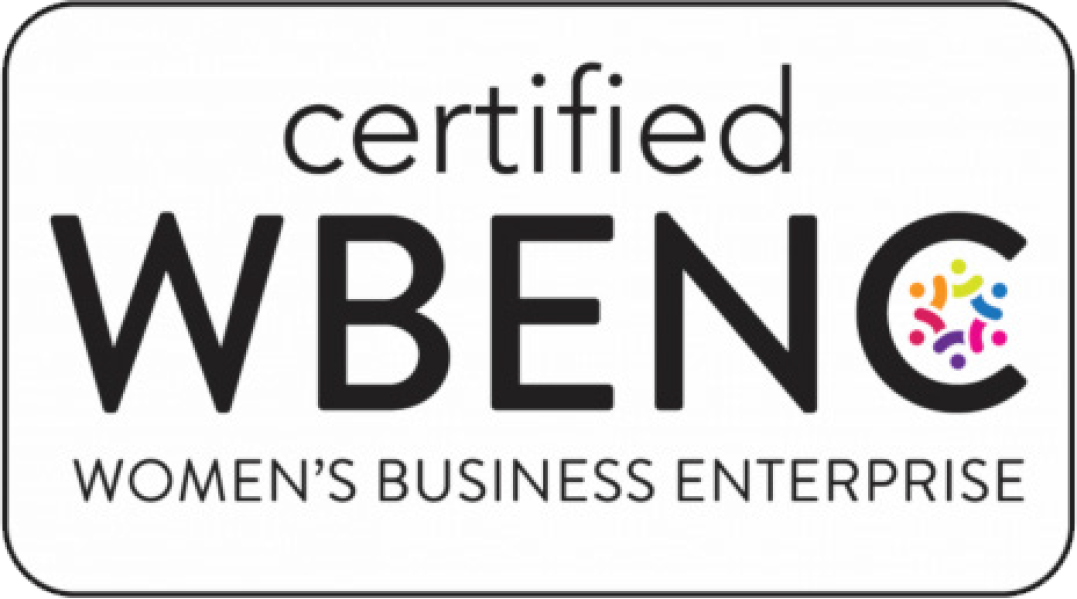Customers don’t care about your product. Well, they might care a little — but definitely not as much as you do.
As a marketer, it’s your job to show people why they want what you’re selling. The what itself is more of a means to an end.
Just think:
- Do you want to take a Pilates class, or do you want time to unwind?
- Do you want pantry organizers, or do you want a peaceful home?
We get it, though. It’s easy to focus on your product when you devote so much time and energy to it. You love it, you’re proud of it — you want to talk all about it!
No matter how great it is, though, your product will never beat the promise of an ideal life. The end result wins every time.
Here are three ways to win customers over by selling the lifestyle, not the product.
Bring the emotion
As logical as it is to show someone how your product works or why it makes sense, it won’t make a lasting impression. But do you know what does? An appeal to emotion.
People connect with things that evoke a strong emotional reaction. Take a car seat for example. Instead of touting all the safety awards or great reviews it has earned, find out what expecting mothers are really looking for and tell them how your car seat can deliver it.
Is it peace of mind? Relief? Trust?
These emotions are huge action drivers, and could very well be the difference between an okay campaign and a successful one.
Keep it simple
Buzzwords are great for the right audience. We love to drop in a strategically placed “robust campaign” or a “data-driven approach” every now and then. These phrases are helpful for internal use or with stakeholders, but is industry jargon going to mean anything to your end consumer?
More often than not, they’ll tune it out.
To get their attention — and keep it — you need to keep it simple. Instead of a tech tool having an “optimized interface” or “enhanced performance,” translate that to what it means for your audience.
Is it “easy to use,” “more helpful than ever,” or even “effortless”?
Using the simplest words possible is the quickest way to convey the benefit to your customers.
Honorable mentions for strong, yet simple words include: you, new, save, love, results and guarantee.
Paint a picture
Words are powerful on their own. (Trust us, it’s how we make a living.) But powerful words elevated by a key visual? That’s a winning combo.
Home in on the customer’s desired result, then show them exactly what they’re looking for. Let them picture themselves in that scenario.
For example, you could pair a headline about a kitchen appliance with an image of a father and daughter making pancakes together. You’re not selling an oven — you’re providing precious family time.
Or maybe you’re launching a new food product. An image of a happy kiddo loving it would inject joy into your copy. (Bonus points if it implies pleasing a picky eater.)
Customers make buying decisions based on the potential they see, not the product itself. If you can show them what the outcome looks like, they’ll take it from there.
Your turn
No matter your product or service, its results are some of the most important points to convey to your audience. They will respond in turn — all you need to do is identify what that is and show them what could be.
Customers don’t care about your product. Well, they might care a little — but definitely not as much as you do.
As a marketer, it’s your job to show people why they want what you’re selling. The what itself is more of a means to an end.
Just think:
- Do you want to take a Pilates class, or do you want time to unwind?
- Do you want pantry organizers, or do you want a peaceful home?
We get it, though. It’s easy to focus on your product when you devote so much time and energy to it. You love it, you’re proud of it — you want to talk all about it!
No matter how great it is, though, your product will never beat the promise of an ideal life. The end result wins every time.
Here are three ways to win customers over by selling the lifestyle, not the product.
Bring the emotion
As logical as it is to show someone how your product works or why it makes sense, it won’t make a lasting impression. But do you know what does? An appeal to emotion.
People connect with things that evoke a strong emotional reaction. Take a car seat for example. Instead of touting all the safety awards or great reviews it has earned, find out what expecting mothers are really looking for and tell them how your car seat can deliver it.
Is it peace of mind? Relief? Trust?
These emotions are huge action drivers, and could very well be the difference between an okay campaign and a successful one.
Keep it simple
Buzzwords are great for the right audience. We love to drop in a strategically placed “robust campaign” or a “data-driven approach” every now and then. These phrases are helpful for internal use or with stakeholders, but is industry jargon going to mean anything to your end consumer?
More often than not, they’ll tune it out.
To get their attention — and keep it — you need to keep it simple. Instead of a tech tool having an “optimized interface” or “enhanced performance,” translate that to what it means for your audience.
Is it “easy to use,” “more helpful than ever,” or even “effortless”?
Using the simplest words possible is the quickest way to convey the benefit to your customers.
Honorable mentions for strong, yet simple words include: you, new, save, love, results and guarantee.
Paint a picture
Words are powerful on their own. (Trust us, it’s how we make a living.) But powerful words elevated by a key visual? That’s a winning combo.
Home in on the customer’s desired result, then show them exactly what they’re looking for. Let them picture themselves in that scenario.
For example, you could pair a headline about a kitchen appliance with an image of a father and daughter making pancakes together. You’re not selling an oven — you’re providing precious family time.
Or maybe you’re launching a new food product. An image of a happy kiddo loving it would inject joy into your copy. (Bonus points if it implies pleasing a picky eater.)
Customers make buying decisions based on the potential they see, not the product itself. If you can show them what the outcome looks like, they’ll take it from there.
Your turn
No matter your product or service, its results are some of the most important points to convey to your audience. They will respond in turn — all you need to do is identify what that is and show them what could be.
 SUBSCRIBE TO
SUBSCRIBE TO
Three fresh ideas (and a meme)
Love what you just read? There’s more! Sign up for our monthly newsletter for even more thought-provoking ideas (and reasons to LOL).


